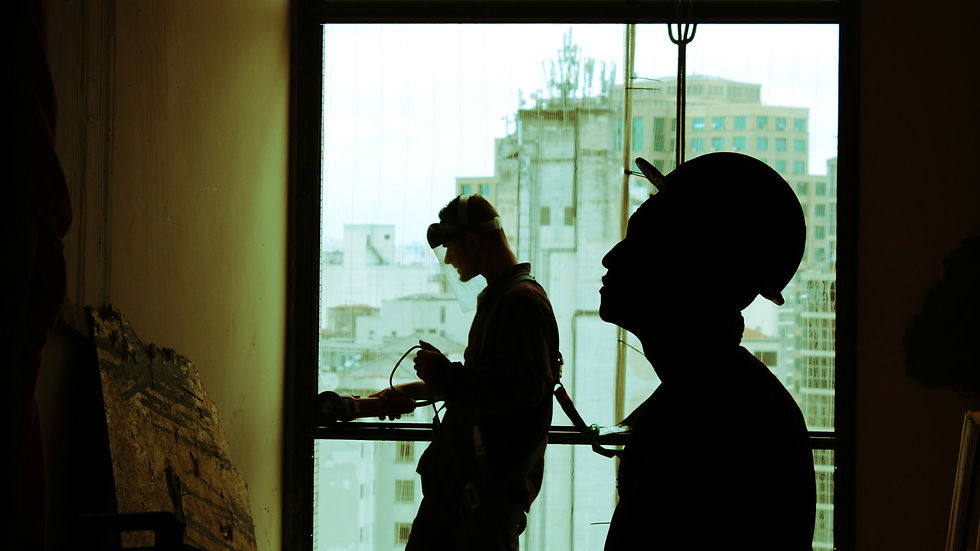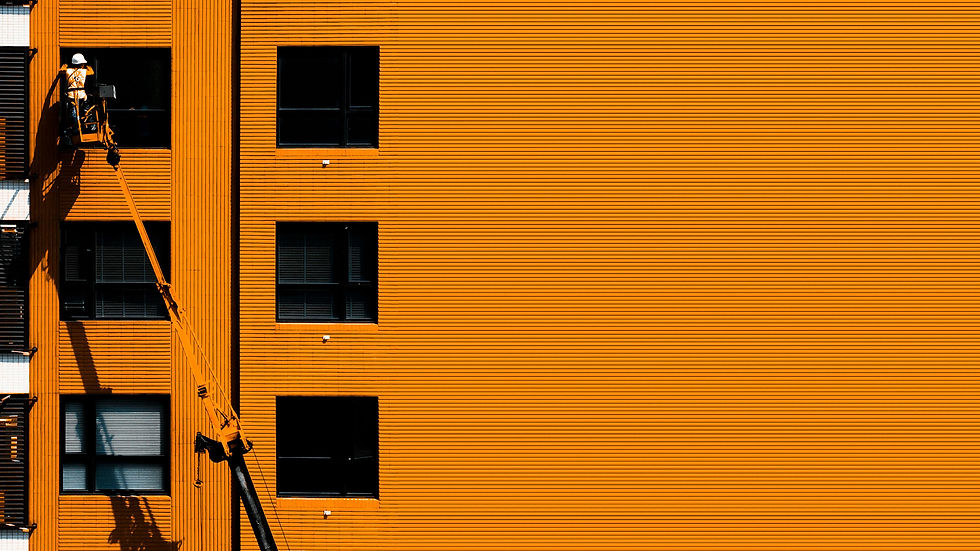Understanding the Routine Maintenance Safe Harbor
- Greg Pacioli

- Jul 21
- 3 min read
Updated: 6 days ago
When managing properties or equipment, maintenance is just part of the game. However, not all maintenance needs to be capitalized, thanks to the Routine Maintenance Safe Harbor rule. With this rule the IRS allows you to deduct certain recurring costs right away instead of spreading them out over time.
This safe harbor is an often-ignored tax strategy that can really streamline your accounting if you use it wisely. Let's get into the nitty-gritty!

What Is the Routine Maintenance Safe Harbor?
The Routine Maintenance Safe Harbor is a part of the IRS tangible property regulations that lets taxpayers deduct certain maintenance expenses as ordinary and necessary business costs instead of treating them as capital expenses, as long as the work is considered "routine."
To put it simply, routine maintenance refers to the work done to keep an asset running smoothly and efficiently, rather than making improvements, changing its use, or restoring it to a like-new state.
Categories of Routine Maintenance Safe Harbor
1. Non-Building Property
(e.g., Equipment, Vehicles, Machinery)
For tangible personal property and non-building systems:
The maintenance must be expected to be performed more than once during the property’s class life.
The class life is generally determined by the Alternative Depreciation System (ADS) under the MACRS rules.
If the activity meets these requirements, it can be deducted as a repair expense, not capitalized.
Example: You have a commercial-grade HVAC system that’s designed to last about 20 years. If you plan to change the air filters or lubricate the moving parts every 3 to 5 years, those maintenance tasks fall under the safe harbor.
2. Building Property
(including building systems like HVAC, plumbing, electrical)
For buildings and their components:
The maintenance must be expected to be performed more than once in a 10-year period beginning when the Unit of Property (UoP) is placed into service.
This includes both the building itself and major systems within it.
Example: If you have an office building and plan to repaint or reseal the roof every 7 to 8 years, that counts as routine maintenance.

Common Examples of Qualifying Routine Maintenance
Cleaning
Periodic cleaning of equipment or systems to maintain operating efficiency.
Testing
Diagnostic testing to ensure systems function properly.
Inspections
Regular checks of mechanical, structural, or safety systems.
Replacement Parts
Replacing worn components with comparable and commercially available parts, as long as it doesn’t materially improve or prolong the life of the system.
What Doesn’t Qualify?
Routine maintenance does not include:
Major renovations or improvements
Restoration after damage or wear beyond normal levels
Upgrades or adaptations for new uses
One-time repairs that are not expected to recur
Documentation Matters
Documentation is crucial for taking advantage of the safe harbor.
It's important to keep records that demonstrate:
How often maintenance activities are expected to occur
That these activities were carried out to ensure the property remains in good working order
That the parts used were similar to those that are readily available on the market
TLDR
The Routine Maintenance Safe Harbor is an incredibly useful tool for property owners and businesses, enabling them to:
✅ Dodge unnecessary capitalization
✅ Simplify tax compliance
✅ Speed up deductions
✅ Boost operational cash flow
Pro Tip: If you combine it with a cost segregation study, the Routine Maintenance Safe Harbor can be even more beneficial. It helps pinpoint which maintenance tasks relate to short-life components, ensuring they’re treated correctly according to IRS guidelines.
Need assistance figuring out if your maintenance qualifies? Don’t hesitate to contact a tax advisor or a cost segregation expert to see how this rule can work for you!



Comments